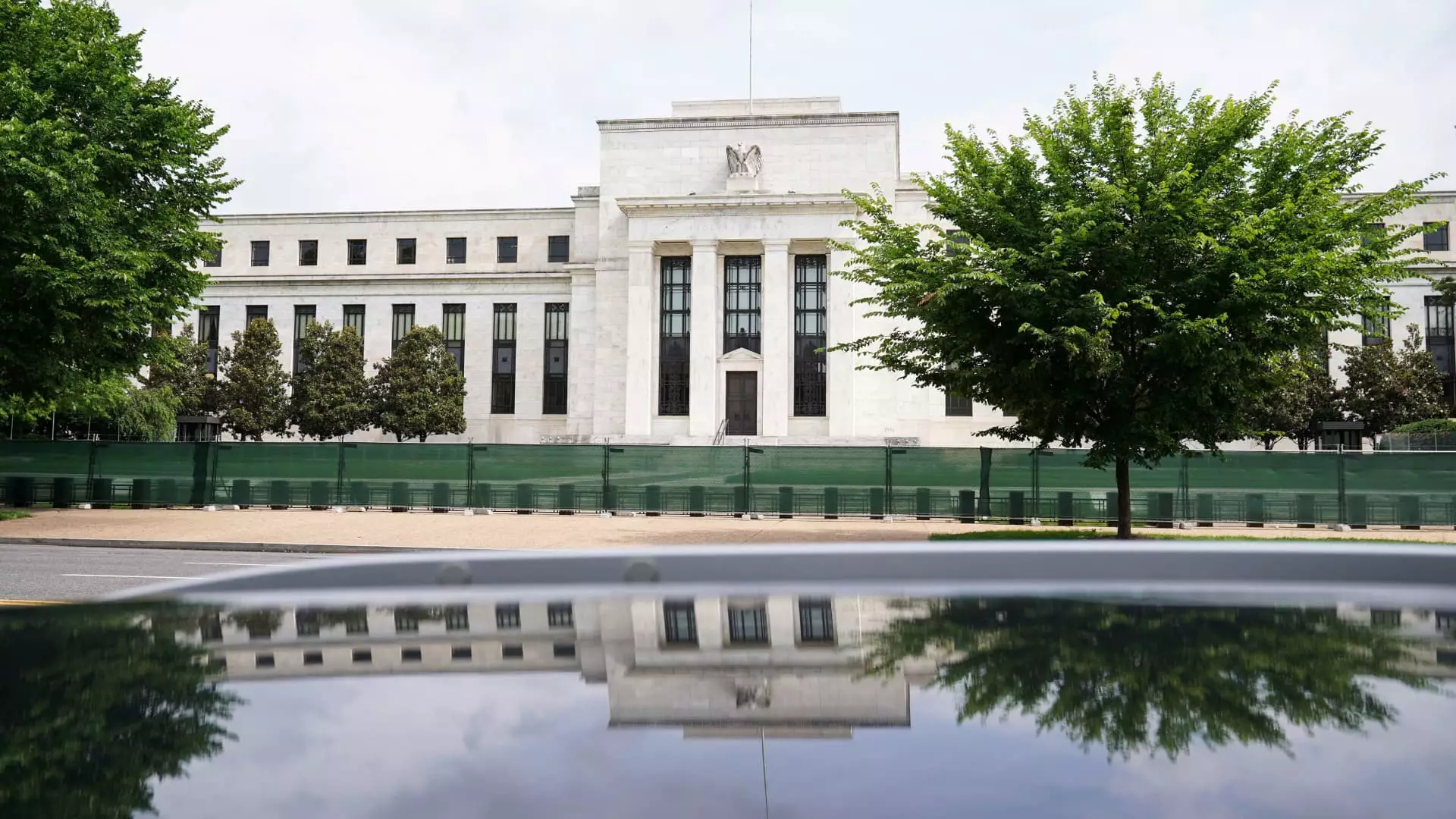As the Federal Reserve approaches the conclusion of its two-day meeting on December 18, the anticipation surrounding a potential quarter-point reduction in interest rates is palpable. This decision marks a significant shift in the central bank’s strategy, with three consecutive rate cuts since September translating into a cumulative decrease of one full percentage point. Initially, the Fed’s approach involved aggressive rate hikes aimed at curbing inflation, which surged to a striking 40-year high. However, now the mood appears to have shifted toward caution. According to Jacob Channel, a senior economic analyst at LendingTree, this upcoming reduction may well be the last for the foreseeable future, as the Fed assesses the implications of upcoming fiscal policies set to be introduced by President-elect Donald Trump.
Understanding the Federal Funds Rate
The federal funds rate serves as a crucial monetary policy tool. It defines the interest rate at which banks lend to each other overnight. Even though this rate does not directly translate to the interest rates that consumers see on loans or savings accounts, it significantly influences the financial landscape. A expected cut from a range of 4.50% to 4.75% to 4.25% to 4.50% is anticipated to provide some relief on financial pressures; however, the effects will not be universally felt across consumer borrowing avenues.
Brett House, an economics professor at Columbia Business School, emphasizes that while some easing of financial strain is plausible, not all borrowing costs will see immediate reductions. Various consumer interest rates depend on factors beyond the Fed’s direct influence. Thus, the intertwined relationship between the Fed’s decisions and the actual rates that consumers face is more complex than it initially appears.
The Ripple Effects on Consumer Borrowing
When it comes to credit cards, there is a direct correlation with the Fed’s benchmark rates. Currently, average credit card interest rates have skyrocketed from 16.34% in March 2022 to approximately 20.25%, nearing historic highs. Even though the Fed has initiated rate cuts, the average interest for credit cards has remained virtually unchanged. Greg McBride, chief financial analyst at Bankrate, notes that card issuers are often sluggish in adjusting rates downward post-Fed cuts, indicating that consumers burdened with credit card debt might face a prolonged period of high rates. As a result, individuals grappling with existing credit card debt may want to consider switching to cards offering 0% balance transfers as a more effective strategy for combating interest charges.
In contrast, mortgage rates, particularly for fixed loans, tend to be influenced more by Treasury yields and overall economic conditions than by the Fed’s base rate adjustments. As of recent data, the average rate for a 30-year fixed mortgage hovers around 6.67%, not far below can be a burden for many homeowners reliant on such rates for long-term stability.
The impact of interest rates isn’t limited solely to credit cards and mortgages; auto loans are similarly affected, although the relationship can be intricate. Although rates for auto loans are typically fixed, borrowers face escalating monthly payments due to rising vehicle prices. The average rate on a five-year new car loan now stands at approximately 7.59%. This situation poses a challenge for consumers seeking to finance a vehicle, as they contend with high automobile prices that could stretch their budgets thin, regardless of potential interest rate decreases on the horizon.
Federal student loan rates remain fixed, meaning borrowers won’t see immediate benefits from the Fed’s actions. However, the scenario can differ for private student loan holders, whose rates might be tied to economic indicators influenced by the Fed. Lower rates could open up opportunities to refinance into options with reduced interest payments. Yet, Mark Kantrowitz, a higher education expert, warns that refinancing federal loans into private alternatives may lead borrowers to miss out on valuable protections and repayment options—elements that are crucial for many students navigating their financial futures.
The Silver Lining for Savers
On a positive note, the Fed’s aggressive previous rate hikes have yielded compelling returns for savers. Many high-yield online savings accounts offer attractive interest rates, hovering close to 5%, providing a lucrative opportunity for individuals to grow their savings. McBride notes that despite the challenges facing borrowers, the current environment still favors those looking to save money—helping to cushion the financial landscape for consumers in an uncertain economic climate.
While the Federal Reserve’s anticipated interest rate cut might seem like a beacon of hope for borrowers, the complexity of its impacts reveals a nuanced picture. Consumers will need to remain vigilant and informed as they navigate this shifting terrain, leveraging existing financial products wisely to enhance their financial well-being.

